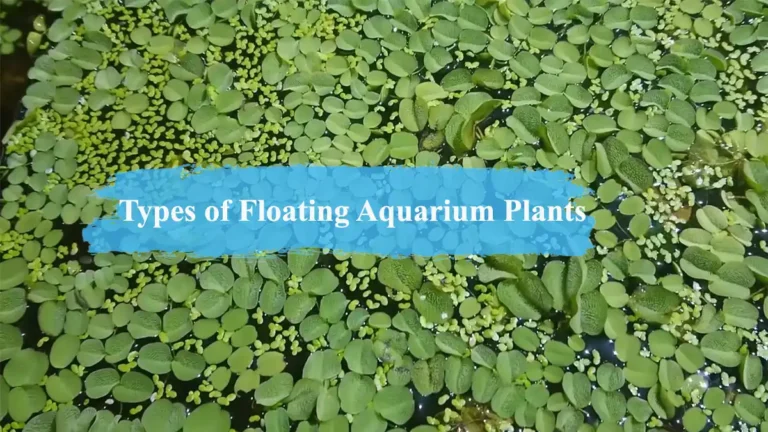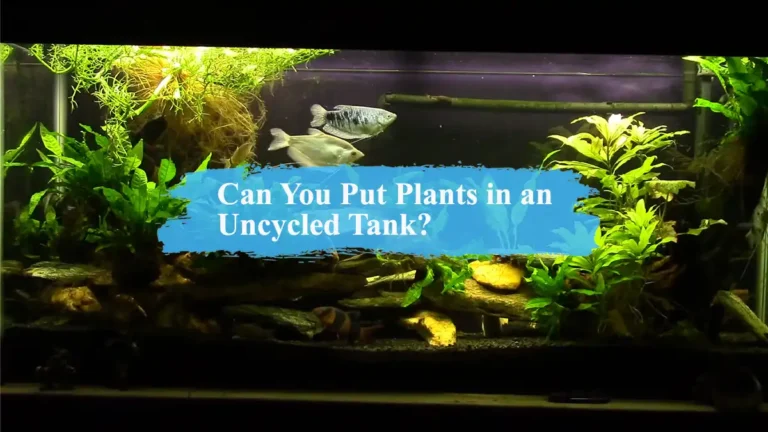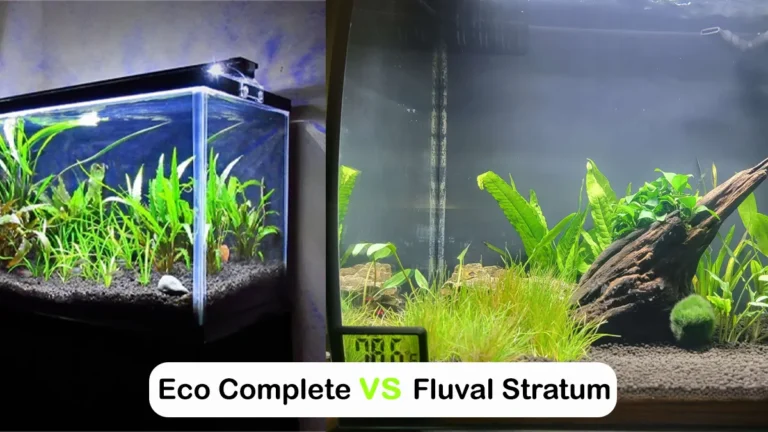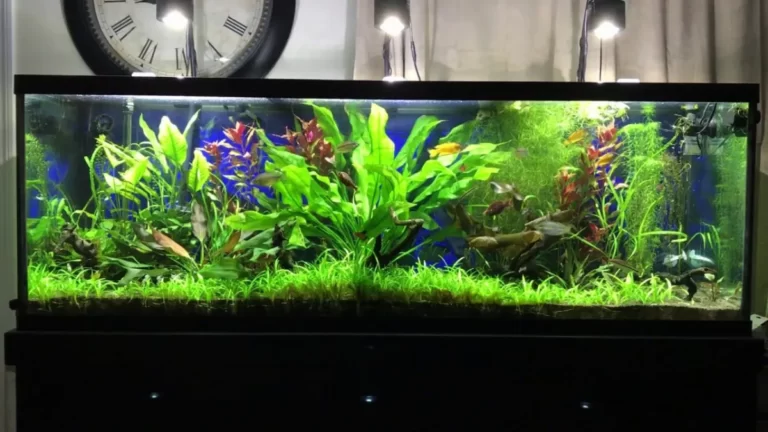Floating Aquarium Plants with Long Roots: Detailed Information
Hey there, aquatic enthusiasts! Are you looking to take your aquarium to the next level? Well, you’ve come to the right place. In this blog post, we’re going to dive deep into the world of floating aquarium plants with long roots.
These incredible plants not only enhance the visual appeal of your tank but also contribute to its overall health and balance. So, let’s explore the wonders of these aquatic beauties together!
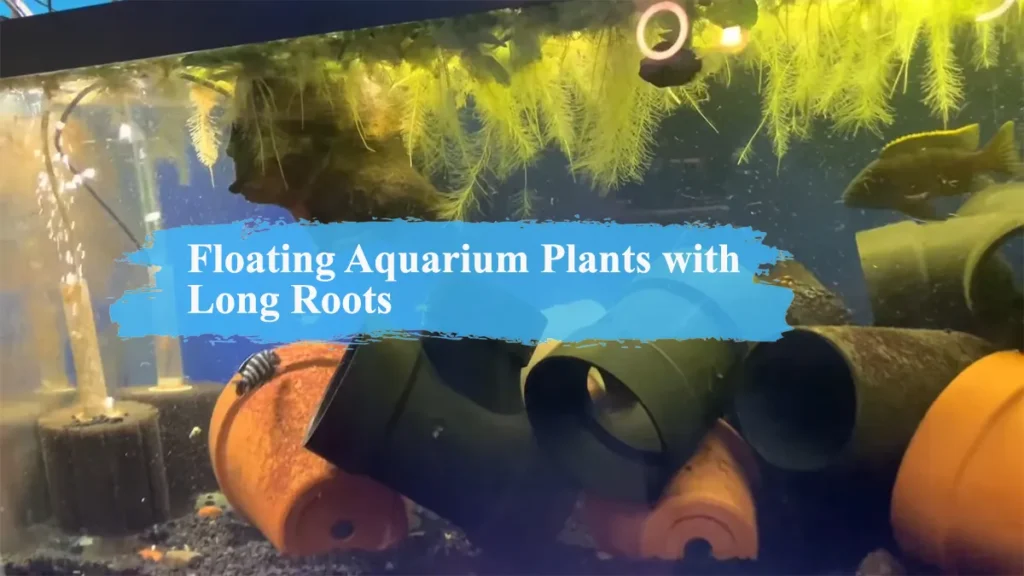
Floating Aquarium Plants with Long Roots
Floating aquarium plants are a fantastic addition to any aquatic setup. They are known for their ability to stay afloat on the water’s surface, creating a stunning natural canopy effect. But what makes them even more intriguing are their long, dangling roots, which add an element of mystery and charm to your underwater world.
Benefits of Floating Aquarium Plants
Now, you might be wondering, why should I consider adding floating plants with long roots to my aquarium? Well, let me tell you, they offer a plethora of benefits that can significantly improve the health and aesthetics of your tank. Let’s take a closer look at some of these advantages:
- Oxygenation and Aeration: Floating plants play a vital role in oxygenating the water. Through a process called photosynthesis, they absorb carbon dioxide and release oxygen, ensuring a healthy environment for your aquatic inhabitants. Additionally, as they move gently on the surface, they create a gentle ripple effect, aiding in water aeration.
- Nutrient Uptake and Water Filtration: These plants are fantastic natural filters. Their long roots absorb excess nutrients, such as nitrates and phosphates, which can cause imbalances and lead to algae growth. By reducing these nutrients, floating plants help maintain a clean and clear aquatic ecosystem.
- Algae Control: Algae growth is a common issue faced by many aquarium owners. The good news is that floating plants can act as a natural algae deterrent. They compete with algae for nutrients and block out sunlight, preventing excessive algae growth. It’s like having your very own green guardians, fighting off the unwelcome intruders.
Related Post: DIY Aquarium Plant Weights: Anchoring Your Aquatic Plants with Ease
Types of Floating Aquarium Plants with Long Roots
Now that we’ve covered the benefits, let’s explore some popular types of floating aquarium plants with long roots. One notable variety is the Red Root Floating Plants. These vibrant plants feature striking red roots that cascade beneath the water’s surface, adding a touch of elegance to your tank.
- Description and Appearance: Red Root Floating Plants, scientifically known as Phyllanthus fluitans, are native to South America. They have small, round leaves and long, trailing roots that can reach several inches in length. When these plants thrive, they create a mesmerizing curtain of green foliage with pops of red, creating a captivating visual display.
- Care Requirements: Red Root Floating Plants are relatively low-maintenance. They prefer moderate lighting conditions, around 2 to 3 watts per gallon, and a water temperature between 72°F and 82°F (22°C – 28°C). They thrive in slightly acidic to neutral water with a pH range of 6.0 to 7.5. Regular nutrient supplementation and occasional trimming to control growth are essential for their well-being.
- Recommended Species: If you’re considering adding Red Root Floating Plants to your tank, some popular species include Phyllanthus fluitans, also known as the Red Root Floater, and Phyllanthus fluitans “Red,” which features more intense red tones. These species not only enhance the aesthetics but also provide great benefits to your aquarium ecosystem.

In addition to Red Root Floating Plants, there are various other floating plants with long roots that you can explore and experiment with to create your desired underwater landscape.
How to Maintain Floating Aquarium Plants with Long Roots
To ensure the long-term health and vitality of your floating aquarium plants, it’s crucial to provide them with the proper care.
Here are some essential maintenance tips to keep in mind:
- Lighting Requirements: Most floating plants thrive in moderate to high lighting conditions. Position your aquarium near a natural light source or use artificial lighting with a spectrum suitable for plant growth. Remember to provide a photoperiod of 8 to 10 hours per day to mimic natural sunlight.
- Water Parameters: Water quality is essential for the well-being of your plants and aquatic inhabitants. Aim for a temperature range between 72°F and 82°F (22°C – 28°C) and maintain a pH level of 6.0 to 7.5. Regular water testing and maintenance will help ensure a stable and optimal environment.
- Nutrient Supplements: Floating plants heavily rely on nutrients in the water for their growth. Consider adding liquid fertilizers or root tabs to provide essential nutrients like nitrogen, phosphorus, and potassium. However, be cautious not to over-fertilize, as excessive nutrients can lead to algae issues.
- Controlling Growth and Spreading: Floating plants can grow rapidly and cover a significant portion of your tank if left unchecked. Regular trimming is essential to prevent them from overshadowing other plants or blocking light from reaching the lower levels. Simply remove excess growth or relocate them to other areas of the tank as needed.
Related Post: Types of Floating Aquarium Plants: Enhancing Your Underwater Paradise
Common Issues and Troubleshooting
While floating aquarium plants with long roots are generally easy to care for, a few common issues may arise. Let’s address these concerns and provide some troubleshooting tips:
- Root Damage and Decay: If you notice the roots of your floating plants becoming brown or mushy, it may indicate root damage or decay. Ensure proper water circulation and avoid overcrowding to prevent root entanglement. Remove any damaged or decaying roots promptly to maintain plant health.
- Overgrowth and Blocking Light: Floating plants can sometimes grow excessively, blocking out light from reaching the submerged plants below. Regular trimming and thinning out the excess growth will help maintain a healthy balance and ensure all plants receive sufficient light.
- Nutrient Imbalances: If your floating plants show signs of stunted growth, yellowing leaves, or nutrient deficiencies, it could indicate an imbalance in the water chemistry. Test the water parameters and adjust as necessary. Consider supplementing with liquid fertilizers or root tabs to provide the necessary nutrients.
FAQ (Frequently Asked Questions)
Do floating plants have roots?
Yes, floating plants do have roots. In fact, it’s their long, dangling roots that give them their unique appearance and contribute to their overall functionality.
What aquarium floating plant has long roots?
One popular floating plant known for its long roots is the Red Root Floating Plant (Phyllanthus fluitans). Its cascading red roots make it a visually striking addition to any aquarium.
Can red root floating plants be grown in low light conditions?
While Red Root Floating Plants prefer moderate lighting conditions, they can tolerate lower light levels. However, their growth may be slower, and their vibrant red coloration may not be as pronounced.
Conclusion
Congratulations, my fellow aquatic enthusiasts! You’ve now unlocked the secrets of floating aquarium plants with long roots. These captivating beauties not only bring life and vibrancy to your tank but also provide numerous benefits to your aquatic ecosystem. By adding floating plants, such as the enchanting Red Root Floating Plants, you create a natural sanctuary for your aquatic inhabitants while maintaining a balanced and visually stunning underwater world.
Remember to provide the right care, including proper lighting, water parameters, and nutrient supplementation. With a little maintenance and regular observation, your floating plants will flourish, contributing to a thriving and harmonious aquatic environment.
Related Post: Eco Complete vs Fluval Stratum: Choosing the Best for Your Aquarium

